(Sponsored by Lantern Pharma.)
The development of oncology drugs faces significant challenges, including a high failure rate (97%) in clinical trials, due to complex genetic interactions, emerging drug resistance, and limitations in preclinical models.
Clinical trial designs often lack specificity, failing to consider genetic factors unique to cancer types, resulting in trials without biomarker integration being 12 times more likely to fail.
To address these issues, Dallas-based Lantern Pharma (NASDAQ: LTRN) utilizes the RADR® AI platform, which applies machine learning to analyze genomic and transcriptomic data, enhancing the understanding of drug mechanisms, identifying patient-specific therapeutic responses, and optimizing clinical trial designs.
In this deep dive interview, Panna Sharma, the CEO of Lantern Pharma, offers an insightful look into the company's progression in the challenging fields of cancer research, drug discovery, and the use of artificial intelligence.
Sharma, with his diverse background that includes leading a cancer diagnostics company and a stint in investment banking, discusses Lantern Pharma's expansion from a small, budding team to a formidable force in the oncology sector, now managing 14 cancer indications and advancing several drugs into clinical trials.
He highlights pivotal moments in his career, such as taking Cancer Genetics public in 2013 and joining Lantern Pharma in 2018, leading up to a successful public fundraising effort in mid-2020 that raised about $96 million.
The conversation also ventures into the establishment of Starlight Therapeutics, focused on brain cancer research.
The history behind Starlight Therapeutics is truly inspiring for AI fans! It was born out of spontaneous patterns that AI identified while being applied to searching for a different thing. The team at Lantern did not even pay attention to that discovery, at first, thinking it was just an artefact. Later, they did a second run, and when the result persisted, the story began for the new R&D direction that would eventually be formed into a separate company.

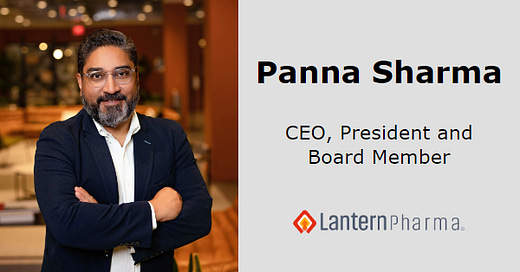


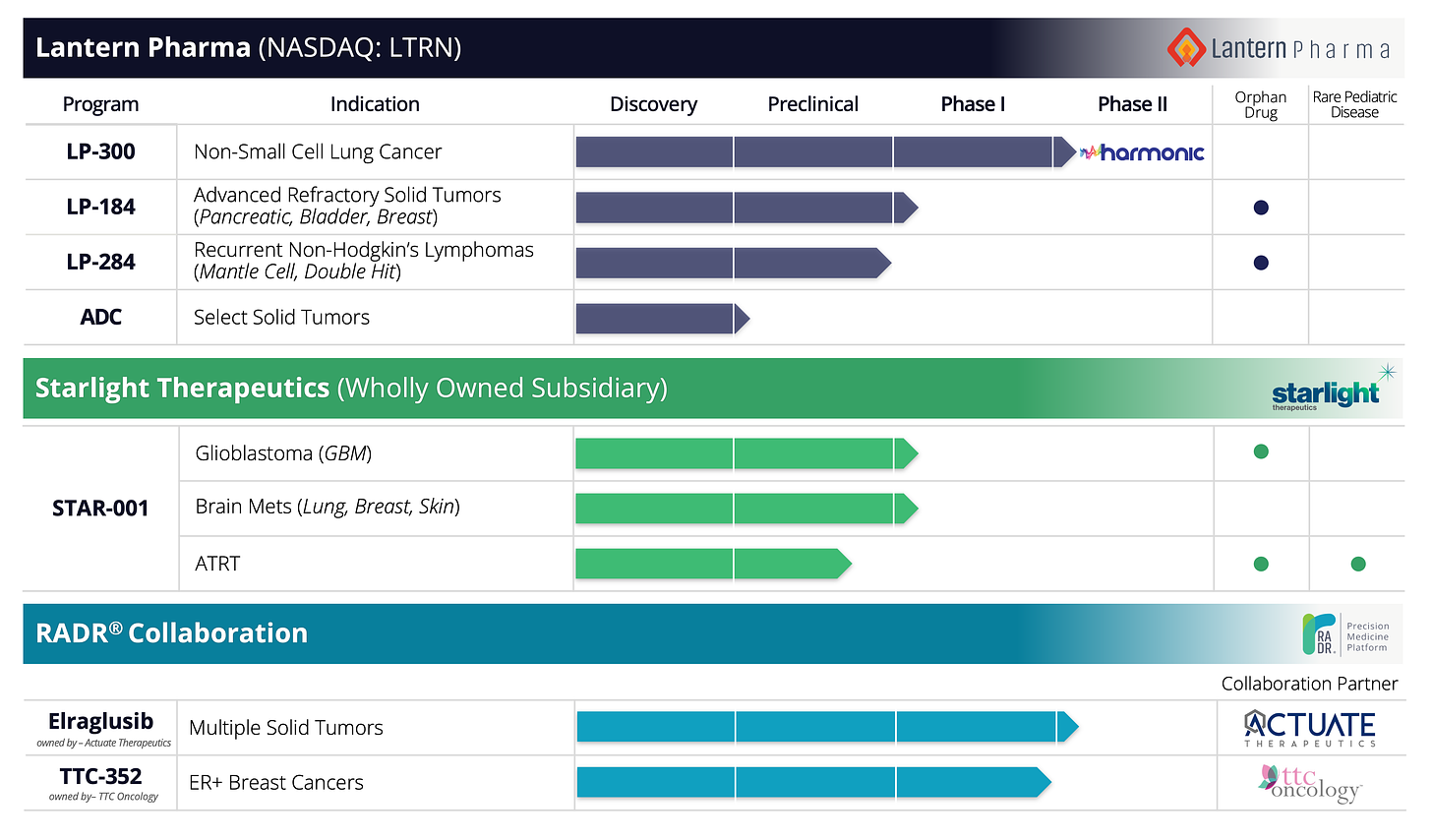


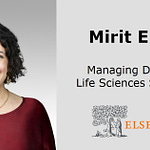
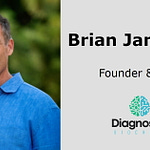

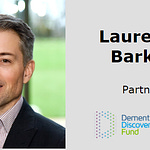

Share this post